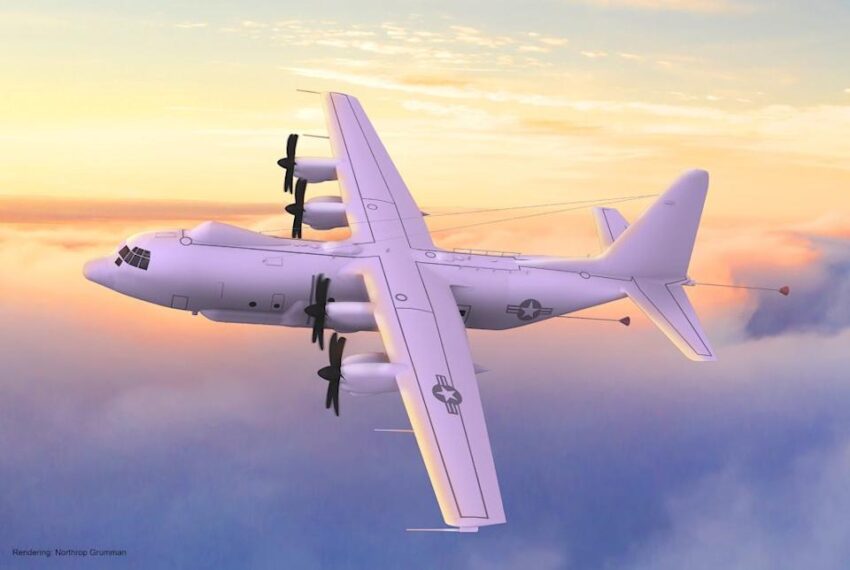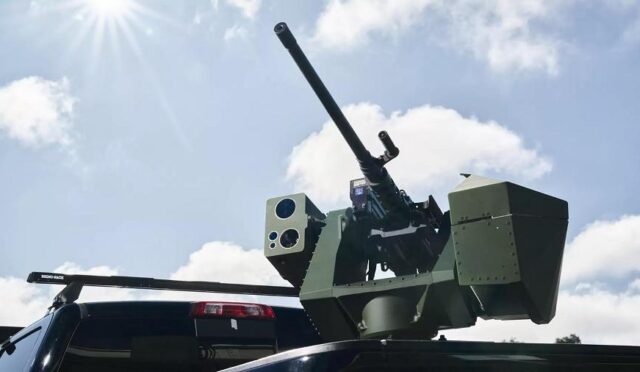Introducing the Phoenix II: A New Era for TACAMO Missions
The U.S. Navy has marked a significant milestone by officially naming its new Take Charge and Move Out (TACAMO) mission aircraft as the “Phoenix II.” This designation follows the aircraft’s initial identification as the E-130J last year. The name “Phoenix” draws inspiration from the mythical creature known for its ability to rise anew from its ashes, symbolizing rejuvenation and resilience, qualities that are vital for the aircraft’s mission.
The Phoenix II name not only honors the rich legacy of the TACAMO missions but also pays tribute to its predecessor, the EC-130Q platform, which effectively served from 1963 to 1993. This connection underscores the continuity and evolution of the fleet as it embarks on new challenges in strategic communication.
The Vision Behind the Naming: Resilience and Purpose
In a statement regarding the new name, Roger Davis, Director of the PMA-271 Program Office, emphasized the aptness of the Phoenix II designation. He remarked, “Phoenix II is the ideal name that takes the E-130J TACAMO mission to the next level. The phoenix is known for its resilience, extraordinary longevity, and its ability to be reborn to continue its purpose.” This reflects the Navy’s commitment to enhancing its capabilities while remaining steadfast in its mission objectives.
Davis highlighted the dedicated efforts of the PMA-271 team, which is focused on maintaining the deterrence-oriented ideals inherent to the TACAMO mission. This dedication shows a clear path forward as the Navy integrates this advanced platform into its operations, reinforcing the strategic framework of U.S. military readiness.
Transitioning to the Phoenix II: A Replacement for the E-6B Mercury
The E-130J Phoenix II is set to replace the E-6B Mercury fleet, a crucial component of the U.S. Navy’s operations for over three decades. Famously dubbed the “Doomsday Plane,” the E-6B Mercury plays an essential role in the U.S. nuclear command and control structure, enabling secure communication with ballistic missile submarines in case of nuclear engagement.
This aircraft’s capabilities are substantial, allowing it to operate across numerous radio frequencies and use commercial satellites and internet connections for mission purposes. All communications generated from the E-6B are encrypted to ensure security, with messages being formatted in specific letter-number sequences classified as “Emergency Action Messages.”
Operational Capacity: Missions of the E-6B Mercury
The missions conducted by the E-6B Mercury are vital to the United States’ defense strategy. One key function involves communication with submarines, which is executed through the deployment of an impressive 26,000-foot-long wire antenna, crucial for establishing and maintaining contact with submerged vessels.
Additionally, the E-6B Mercury facilitates the launch commands for intercontinental ballistic missiles using the Airborne Launch Control System (ALCS). It also provides comprehensive command, control, and communications (C3) support for field forces or strategic bombers engaged in global strike missions, thereby solidifying its status as an indispensable asset in national security.







